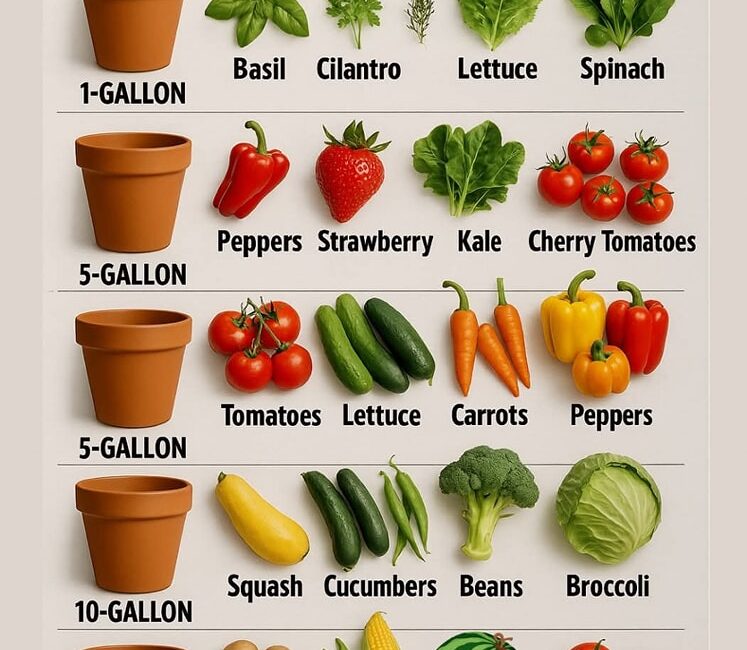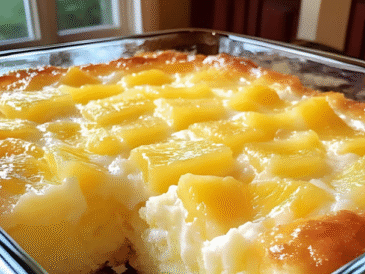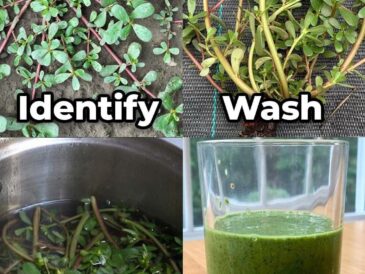Cherry Tomatoes (Solanum lycopersicum)
Cherry tomatoes are perfect for growing in a 5-gallon pot. This container size provides enough space for the tomato roots to grow and support the plant’s extensive growth. Cherry tomatoes grow relatively compact compared to larger varieties of tomatoes, making them ideal for container gardening. They love the sun and warmth, so place them in a location that gets at least eight hours of sunlight each day.
Care Tips for Cherry Tomatoes in a 5-Gallon Pot:
- Use a tomato cage or stake to support the plant as it grows.
- Keep the soil consistently moist but well-drained to avoid root rot.
10-Gallon Pot: Spacious for Larger Plants
The 10-gallon pot is ideal for larger vegetables or plants that need significant space for their roots to grow. The larger volume allows for more extensive root systems, which means more nutrients for the plant. With the 10-gallon pot, you can grow larger vegetables like squash, cucumbers, and beans, making it a great choice for those who want to grow more substantial harvests.
Squash (Cucurbita spp.)
Squash plants, particularly varieties like zucchini and summer squash, thrive in larger pots. A 10-gallon pot allows the plant to grow vigorously and produce an abundant crop of squash. Since squash plants tend to spread out and require more water, a larger pot is essential for optimal growth.
Care Tips for Squash in a 10-Gallon Pot:
- Make sure to provide enough space for the squash to spread, either by allowing the vines to spill over the side or by growing them vertically.
- Water frequently, as squash plants need a lot of moisture to thrive.
Cucumbers (Cucumis sativus)
Cucumbers also do well in a 10-gallon pot. They need space to grow their long vines and produce their cucumbers. A 10-gallon pot allows for ample space for the roots, and you can use a trellis to help the vines grow vertically, saving space while still allowing the plant to flourish.
Care Tips for Cucumbers in a 10-Gallon Pot:
- Provide support using a trellis or cage to help the vines grow upwards.
- Water consistently, as cucumbers require a lot of moisture to prevent the fruit from becoming bitter.
Beans (Phaseolus spp.)
Beans are great for larger pots like the 10-gallon size. Pole beans and bush beans can both thrive in these containers. Beans are nitrogen fixers, which means they help improve the soil quality by adding nitrogen back into it. A 10-gallon pot gives beans the space they need to produce an abundant harvest.
Care Tips for Beans in a 10-Gallon Pot:
- Use a trellis to support pole beans as they grow.
- Keep the soil moist but not soggy, as beans can suffer from root rot if overwatered.
Broccoli (Brassica oleracea)
Broccoli needs a bit more space to grow and a 10-gallon pot provides the perfect environment. It requires deep soil for the roots to grow, and a larger pot ensures the plant can reach its full potential. Broccoli grows best in cool temperatures, making it ideal for spring and fall plantings.
Care Tips for Broccoli in a 10-Gallon Pot:
- Keep the pot in a cool, sunny location.
- Water regularly to keep the soil moist but
well-drained.
15-Gallon Pot: Perfect for Large Vegetables
The 15-gallon pot is the largest standard size used for container gardening. It is perfect for growing large vegetables like potatoes, watermelon, and even larger varieties of tomatoes. This pot size allows for extensive root growth and ensures that your plants have plenty of space for healthy development.
Potatoes (Solanum tuberosum)
Potatoes grow exceptionally well in a 15-gallon pot. The large space allows the potatoes to develop underground and produce multiple tubers. To grow potatoes, you can plant them in layers, adding soil as the plants grow. This allows for a greater harvest.
Care Tips for Potatoes in a 15-Gallon Pot:
- Choose a deep pot to allow the roots to spread.
- Water regularly and ensure the soil is well-draining to prevent rot.
Peas (Pisum sativum)
Peas are great for a 15-gallon pot because they have deep root systems and require ample space to grow. They are ideal for cooler weather and can be grown in spring or early fall. With plenty of space to spread, peas will thrive and produce bountiful pods.
Care Tips for Peas in a 15-Gallon Pot:
- Use a trellis or support for climbing pea vines.
- Water regularly, especially during dry spells.
Watermelon (Citrullus lanatus)
Watermelon requires a lot of space for its roots and sprawling vines. A 15-gallon pot gives watermelon the space it needs to grow large, delicious fruit. Be sure to place the pot in a sunny spot, as watermelon plants thrive in heat and full sunlight.
Care Tips for Watermelon in a 15-Gallon Pot:
- Provide support for the vines and allow the fruit to rest on the soil.
- Water deeply but ensure good drainage to avoid standing water.
Tomatoes (Solanum lycopersicum)
While smaller varieties of tomatoes can do well in 5-gallon pots, larger tomato varieties need the extensive space offered by a 15-gallon pot. The roots of tomato plants need plenty of room to spread out, and the large container ensures the plant receives sufficient nutrients for maximum growth.
Care Tips for Tomatoes in a 15-Gallon Pot:
- Use a tomato cage or stake for support as the plant grows.
- Water consistently, especially during fruiting.
Conclusion
Choosing the right pot size for your plants is crucial for their health and productivity. By selecting the appropriate container size for each plant, you provide it with the space and resources it needs to grow successfully. From the compact 1-gallon pot for herbs to the expansive 15-gallon pot for larger vegetables, each pot size offers specific benefits for different types of plants. With the right pot and proper care, you can enjoy a thriving container garden that produces fresh, delicious fruits and vegetables year-round!




